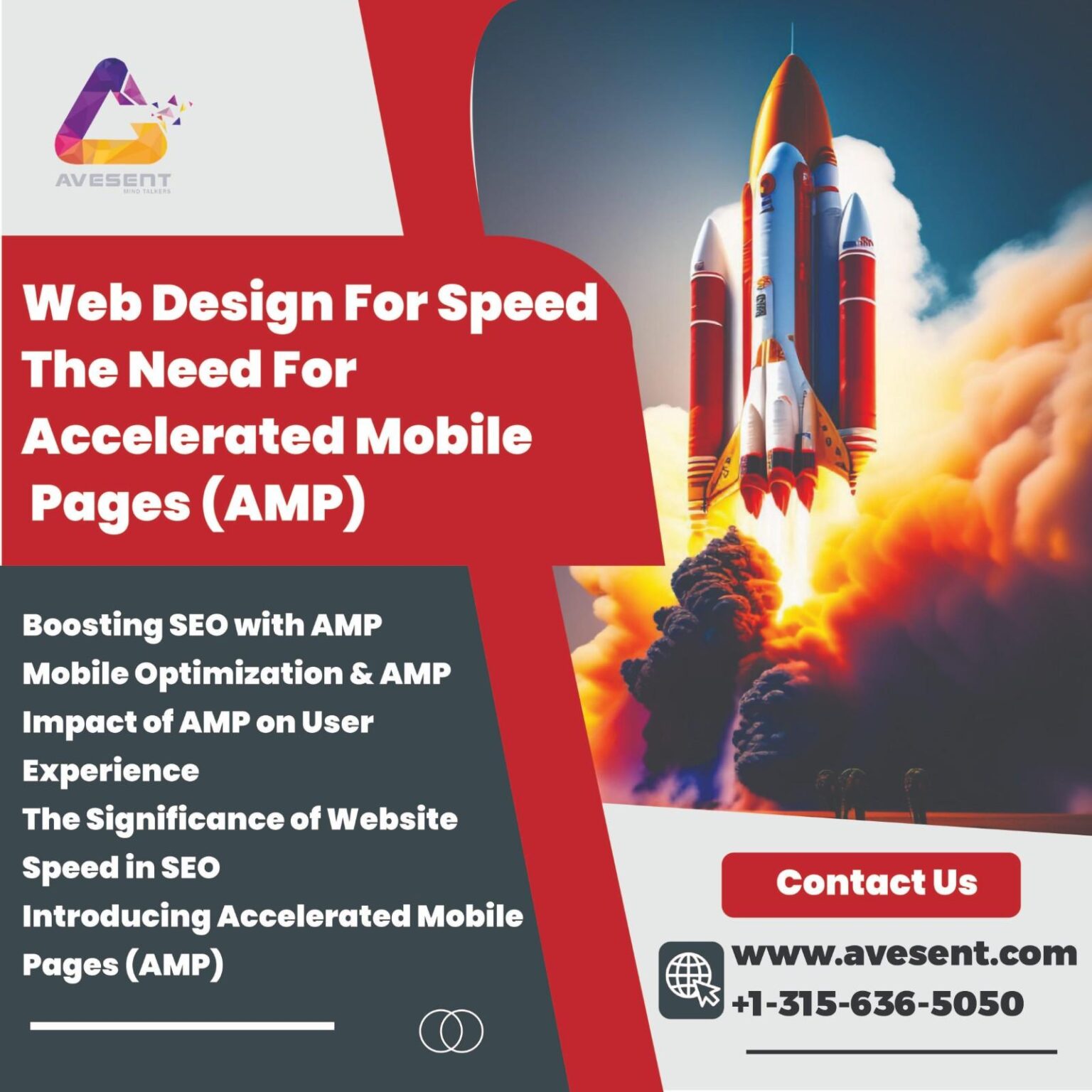Website speed is crucial to user experience and search engine optimization (SEO) in the modern digital world. One way to improve website loading speed, especially on mobile devices, is to use Accelerated Mobile Pages (AMP). Understanding the significance of AMP in web design is crucial for improving user engagement, SEO rankings, and overall website performance.
The Significance of Website Speed in SEO:
Website speed significantly impacts user experience and SEO rankings. Search engines prioritize fast-loading websites, considering them more favorable for users. Slow-loading sites often result in higher bounce rates and lower search rankings.
Introducing Accelerated Mobile Pages (AMP):
Accelerated Mobile Pages (AMP) are an open-source initiative designed to create faster-loading web pages, especially on mobile devices. AMP utilizes stripped-down HTML, streamlined CSS, and optimized JavaScript for quicker loading times.
Impact of AMP on User Experience:
AMP drastically improves user experience by reducing page load times, ensuring that users can access content almost instantaneously. Faster loading leads to lower bounce rates and increased user engagement, contributing to a positive user experience.
Mobile Optimization and AMP:
With the dominance of mobile devices in web usage, AMP plays a crucial role in mobile optimization. Websites using AMP technology load swiftly on mobile, providing users with a seamless browsing experience.
Boosting SEO with AMP:
Google considers page speed as a ranking factor in its algorithm. Websites with faster loading times often rank higher in search engine results pages (SERPs). Implementing AMP can positively influence SEO by improving website speed.
Enhanced Visibility in Search Results:
Google highlights AMP pages in search results with a lightning bolt icon, indicating faster-loading pages. This visibility can attract more clicks and higher organic traffic to AMP-enabled pages.
Effective Content Delivery:
Content delivery is crucial in online user engagement. AMP allows content to load almost instantaneously, providing users with immediate access to information without delays.
Implementation of AMP:
Implementing AMP involves creating separate versions of web pages using the AMP framework. It requires adhering to specific HTML and CSS guidelines to optimize for speed.
Compatibility with SEO Strategies:
While AMP prioritizes speed, it’s essential to ensure that AMP versions of pages align with SEO strategies. Proper metadata, structured data, and canonical tags maintain SEO integrity across AMP and non-AMP pages.
Continuous Optimization and Monitoring:
Continuous monitoring and optimization of AMP pages are crucial. Regular checks, updates, and adherence to best practices ensure that AMP-enabled pages consistently deliver fast-loading experiences.
Incorporating Accelerated Mobile Pages (AMP) into web design is integral for enhancing website speed, improving user experience, and positively impacting SEO rankings. The implementation of AMP aligns with the modern-day need for fast-loading websites, catering to the preferences of mobile users and reinforcing a website’s SEO performance.





